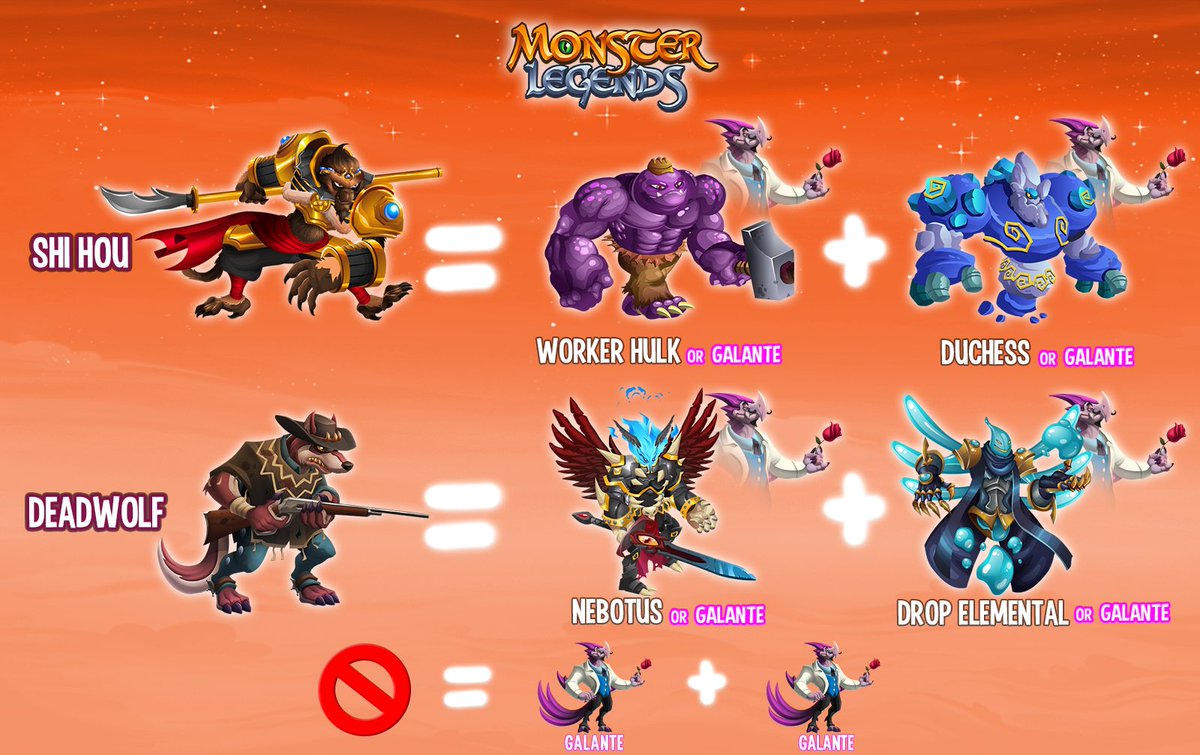

The main gods – not so much the goddesses unfortunately – offer ways to think about different stages of masculinity.

Here I introduce three of the most important gods, the feminine divine in the form of valkyries and shield-maidens, and finally, the looming threat of ragna rök – the end of the world. In my new book, The Norse Myths That Shape The Way We Think, I explore how 10 key Norse myths and legends have been reworked over the last 200 years.Īlthough these stories have been influential since their discovery in 17th-century Europe, in recent years Norse narratives have exploded across fiction, Hollywood blockbusters, rock albums, opera, video games and TV shows – these are just a few of the cultural spheres in which Norse myths have been put to work. I have always been fascinated by the ways in which the old myths remain vital and relevant in the present, particularly now in various pop-cultural forms. It was first published by our friends at The Conversation.Īs professor of medieval European literature, I have been exploring Old Norse mythology since my undergraduate days. Note: This article was written by Carolyne Larrington, Professor and Tutorial Fellow in English, University of Oxford.

Let's take a look at why.įrom Wagner to William Morris in the late 19th century, via Tolkien’s dwarves and CS Lewis’s The Last Battle, through to last year’s controversial film The Northman, Scandinavian gods and heroes have been central to the stories we tell ourselves. Today, there's so many references to the old gods in popular culture. Old Norse mythology has endured hundreds of years of changing attitudes and beliefs.


 0 kommentar(er)
0 kommentar(er)
